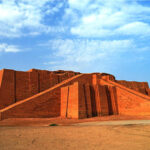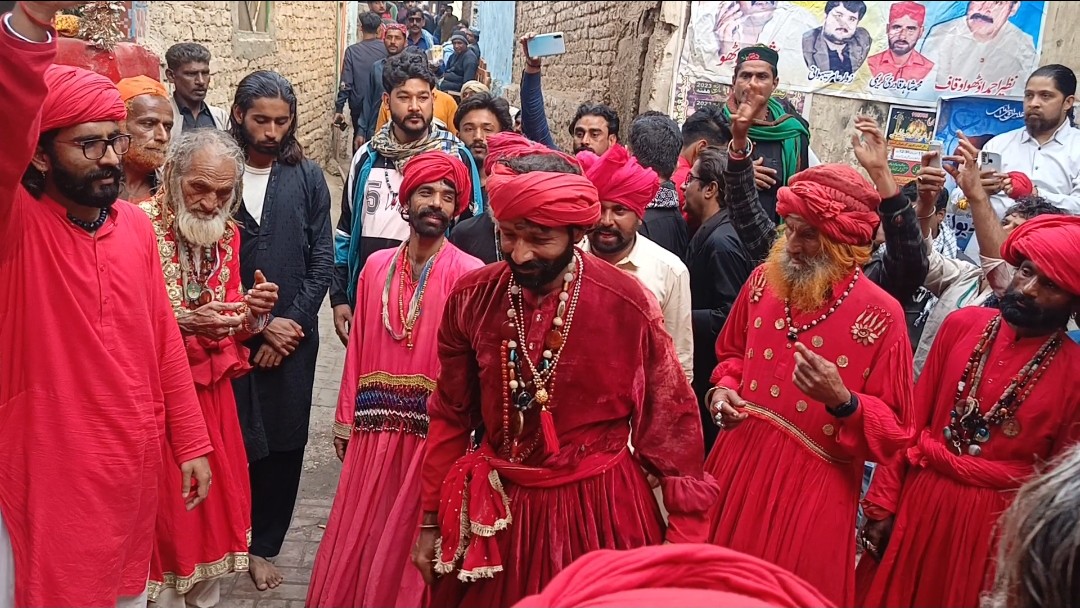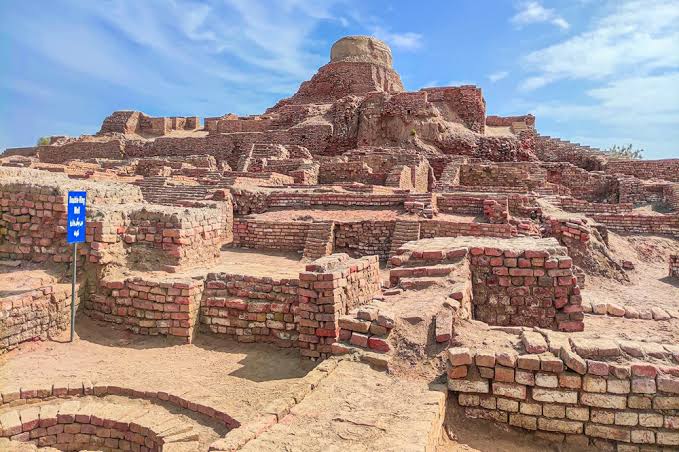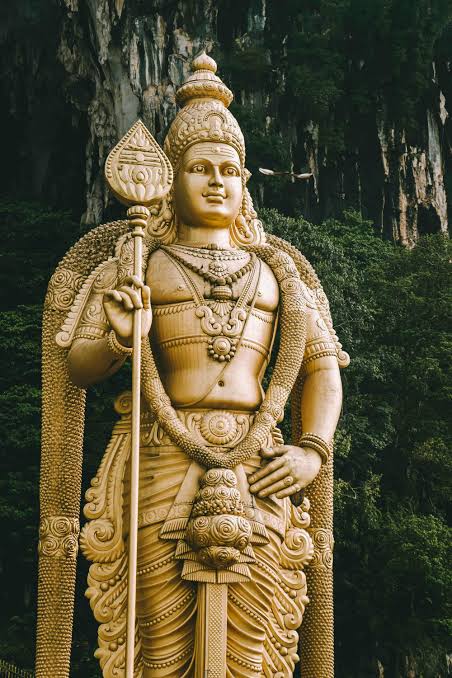The Kirthar Mountains are part of the extended ranges linked to the Himalayas. Starting from the northern Himalayan chains, they stretch downward and end at the Sindhu Sea. This sea is also known as the Arabian Sea or the Indian Ocean. To the east lies the fertile Indus River plain, the cultural heartland of Sindh. It is here that one of the most remarkable shrines and its annual fair is held.
The Legacy of Commander Gaji Shah
After Sindh gained freedom from Mughal rule, a soldier of the Mianwal Movement became commander of the Kachho region. His duty was to defend Sindh from invasions coming through the passes of the Kirthar Mountains. These threats often came from Iran, Afghanistan, and Central Asia.
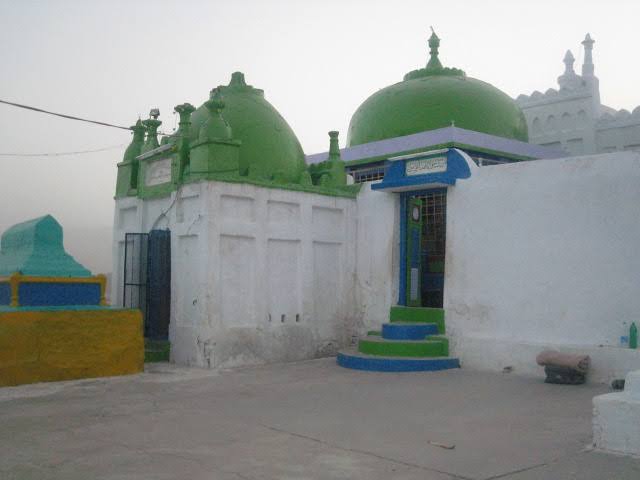
When Gaji Shah assumed this role, the people of Kachho finally felt secure. Their villages were no longer attacked, their crops were safe, and their lives were protected. Gaji Shah became their shield and their caretaker. Even after his death, people remembered him as a healer of pain. Some even regarded him as a saint or a spiritual guardian.https://en.m.wikipedia.org/wiki/Sindhi_traditions_and_rituals
A Secular Celebration in Sindh
The fair of Gaji Shah reflects the secular character of Sindh. People rise above patriarchal limits and restrictions created by religious fundamentalism. They express joy, devotion, and freedom through music and dance.
A unique aspect of this fair is the strong participation of women. At the Gaji Shah spring, people bath together. They perform dhamāl before the shrine, dancing as an act of devotion. Young women wander freely, often without strict veiling, enjoying rare moments of independence.
Fairs as a Mirror of Sindhi Society
The fairs of Sindh reflect daily life and culture. They show how people travel, what they wear, and what they buy. These gatherings also reveal emotions, from joy to sorrow.
Fairs highlight social contrasts. Prosperity and deprivation exist side by side. At the shrine, visitors raise hands in prayer and share their struggles. Others celebrate fulfilled vows with drums, shehnai music, and ecstatic dance.
Healing Through Ancient Rituals
Sindhi people have long faced national exploitation, class inequality, gender discrimination, and political oppression. These struggles create both physical and emotional pain. For many, healing comes through cultural practices.
Ancient traditions such as wearing wolf skins, performing jhummar, and dancing dhamāl provide relief. Religious hardliners often dismiss these acts as ignorance. Yet, for the people, they are powerful tools of cultural survival and healing.
Read More rituals of Indus Valley.https://khahori.com/the-anonymous-deity-of-the-indus-civilization-kartikeya/
I believe dhamāl descends from the ancient tāṇḍava dance once performed in Shiva temples. Suppressed during centuries of prohibition, it survived in altered form. The dhamāl at the shrine of Lal Shahbaz Qalandar proves this continuity. At the Gaji Shah fair, grief-stricken women dance in sorrow, while others celebrate fulfilled vows with joy.
Ancient Rituals and Modern Realities
Modern critics often dismiss such rituals as outdated. Fundamentalists condemn whirling in ecstasy, tying votive threads to trees, or even communal grooming practices. But these are not signs of ignorance. They are expressions of resilience in communities lacking basic services.
These villages still live without hospitals, quality schools, or recreation facilities. Their condition resembles the era when Commander Gaji Shah protected them. What they need is access to healthcare, education, gender equality, and freedom from exploitation—not more restrictions.
The Struggle Between Tradition and Clerical Influence
The fair of Commander Gaji Shah also shows the pressures of clerical influence. One example is the enforced separation of entrances for genders at the shrine. In earlier times, one entrance was shared by all, just like in sacred sites worldwide.
Today, many visiting women wear the burqa. This reflects not tradition, but imposed ideas of shame and modesty promoted by clerics. Such changes reveal how external pressures attempt to reshape a cultural space that was once more inclusive.
Writer: GM Leghari

